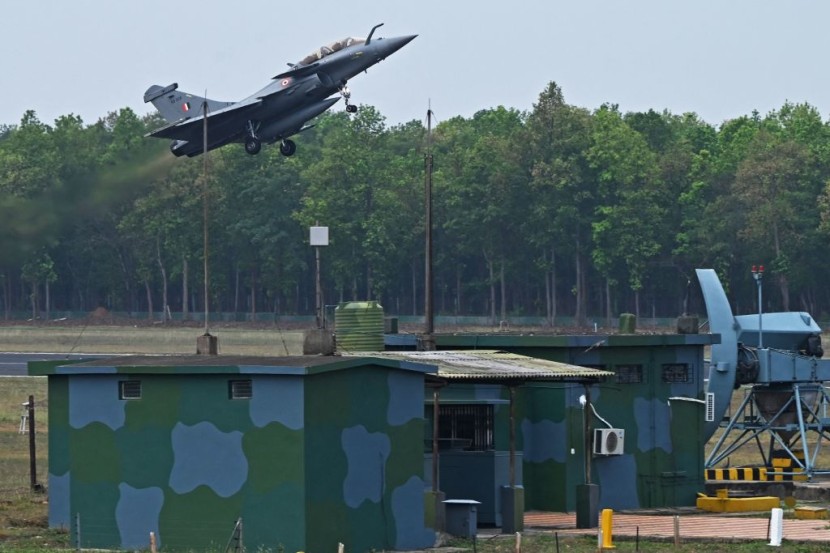On Thursday, May 19, the U.S. Air Force announced that it plans to give a contract for its sixth-generation fighter jet in 2024. This is being done in order to maintain its superiority over the Chinese military technology, which is advancing at a rapid pace.
Lockheed Martin Corp, Boeing Co, and Northrop Grumman Corp are anticipated to vie for the Next Generation Air Dominance program, which is intended to substitute Lockheed's F-22 Raptor with a fighter that can combat alongside unmanned aerial vehicles.
The Air Force shared a private proposal request with companies, outlining the specific technical needs for a new fighter jet.
While many details are still classified, it was revealed in 2020 that at least one prototype had successfully flown. The goal for the new fighter is to be able to function and adjust in challenging air environments, an area where the U.S. Air Force excels, according to Reuters. However, to maintain their superiority, action must be taken now.
In 2024, the Air Force has decided to allocate $2.3 billion towards a program, and an extra $595 million will be used to develop engines for the new fighter.
A Response to China?
The decision to develop a new sixth-generation fighter jet comes as the Chinese military continues to advance its technology rapidly. China has invested heavily in developing advanced weapons systems, including hypersonic missiles and stealth aircraft.
The U.S. Air Force is determined to maintain its technological edge by investing in cutting-edge technologies for its next generation of fighter jets. The Next Generation, Air Dominance program, will ensure that the U.S. can counter any potential threats from adversaries like China.

While details about the new fighter are still largely classified, it's clear that this project represents a major investment for both defense contractors and government agencies alike. With billions of dollars allocated towards research and development efforts over several years, there's no doubt that this program will have significant implications for national security and global geopolitics more broadly.
Only time will tell how effective these efforts prove to be at maintaining America's technological superiority on the battlefield - but one thing is certain: with so much at stake economically and militarily speaking, everyone involved is sure to give it everything they've got!
US-China Tensions
The increased investment in advanced fighter jets comes amid growing tensions between the U.S. and China. The two superpowers have been engaged in a trade war and have been at odds over human rights, Taiwan, and the South China Sea.
China has been rapidly modernizing its military in recent years and has made significant advances in areas such as hypersonic weapons, artificial intelligence, and cyber warfare. This has led to concerns in the U.S. that China could soon pose a serious threat to American military dominance.
The Next Generation, Air Dominance program is just one part of the U.S. military's efforts to stay ahead of China technologically. Other initiatives include developing new missile defense systems and investing in areas such as quantum computing and space-based weapons.
While the U.S. remains the world's most powerful military, China's rapid rise has led to fears that the balance of power could shift in the coming years. The U.S. is thus determined to maintain its edge and is investing heavily in cutting-edge technologies to ensure that it remains the dominant military force in the world.








